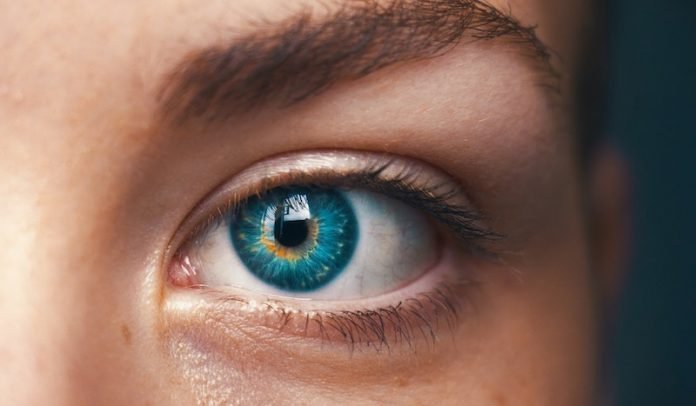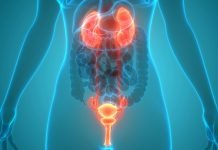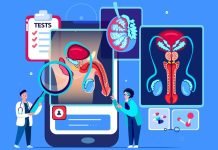
In a new study from the University of Bonn, researchers have developed a method that could be used to diagnose atherosclerosis.
Using self-learning software, they were able to identify vascular changes in patients with the peripheral arterial disease (PAD), often at an early stage.
Although these early stages do not yet cause symptoms, they are nevertheless already associated with increased mortality.
The algorithm used photos from an organ not normally associated with PAD: the eye.
The fundus of the eye is very well supplied with blood. It has to be, so that the more than 100 million photoreceptors in the retina and the nerve cells connected to them can do their work.
At the same time, the arteries and veins can be observed and photographed through the pupil without much effort.
It may be possible to detect early signs of atherosclerosis (hardening of the arteries) with such an examination in the future.
In the study, the team photographed 97 eyes of women and men who suffered from PAD.
In more than half of them, the disease was still at a stage where it did not cause any symptoms. In addition, the team took camera images of the background of 34 eyes of healthy control people.
They then used the images to feed a convolutional neural network (CNN). This is software that is modeled on the human brain in the way it works.
The CNN trained in this way was able to diagnose with remarkable accuracy whether the eye photos came from a PAD patient or a healthy person.
In further analyses, the researchers were able to show that the neural network pays particular attention to the large vessels in the back of the eye during its assessment.
For the best possible result, however, the method needed digital images with a sufficiently high resolution.
The researchers hope to further improve the performance of their method in the future.
The long-term goal is to develop a simple, rapid and reliable diagnostic method that does not require concomitant procedures such as the administration of eye drops.
If you care about vascular health, please read studies about common food that may reduce vascular disease in the brain, and vascular problems linked to Parkinson’s disease.
For more information about health, please see recent studies about high blood pressure drug that could treat vascular dementia, and results showing that COVID-19 is a vascular disease.
The study is published in Scientific Reports and was conducted by Dr. Maximilian Wintergerst et al.
Copyright © 2022 Knowridge Science Report. All rights reserved.




